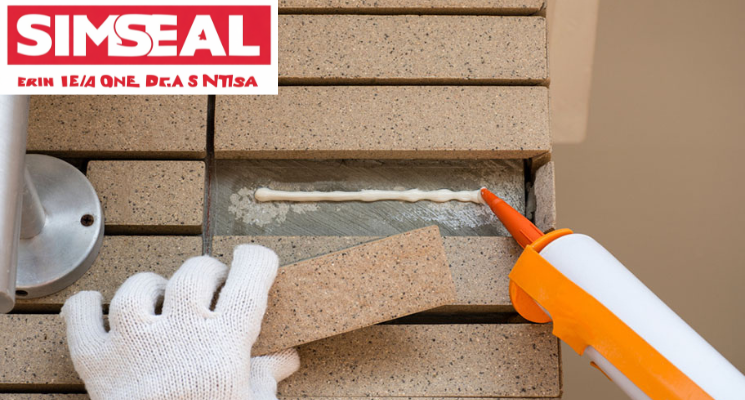Sealants and Adhesives in Construction: A Complete Guide by Simseal Australia
Construction sealants and adhesives are critical components in creating durable, weather-resistant structures that meet Australian building standards. At Simseal Australia, we specialize in high-performance bonding solutions including silicone sealants, polyurethane adhesives, and low-VOC formulations – all engineered to address the unique challenges of commercial and residential construction projects while complying with the Building Code of Australia.
Critical Benefits of Quality Construction Sealants
Professional-grade construction adhesives and sealants provide multiple protective functions:
- Weather resistance: Premium silicone sealants withstand Australia’s extreme UV exposure (tested by CSIRO)
- Structural flexibility: High-movement formulations allow ±50% joint compression/extension
- Energy efficiency: Air sealing reduces HVAC loads by up to 15% (YourHome data)
- Fire protection: Intumescent varieties meet AS 1530.4 standards for fire-rated assemblies
Types of Construction Adhesives and Their Applications
High-Performance Silicone Sealants
As recommended by the Australian Window Association, silicone sealants excel in:
- Curtain wall glazing
- Roof penetrations
- Expansion joint sealing
Structural Polyurethane Construction Adhesives
These high-strength bonding agents are essential for:
- Concrete tilt-up panel connections
- Steel beam attachments
- Prefabricated component assembly
Low-VOC Acrylic Sealant Products
Compliant with SafeWork Australia regulations, these are ideal for:
- Interior drywall finishing
- Architectural millwork
- Residential window installations
Choosing Construction Sealants: Technical Considerations
| Project Factor | Sealant Requirement |
|---|---|
| Coastal locations | Marine-grade formulations |
| High-rise buildings | Class 1 fire-rated products |
| Heritage restoration | Breathable, non-staining chemistries |
Best Practices for Applying Construction Adhesives
Proper installation of building sealants and adhesives requires:
- Surface preparation per manufacturer specifications
- Correct joint sizing (depth:width ratio 1:2)
- Application between 5-35°C ambient temperature
- Tooling for optimal adhesion
- 48-hour cure time before stress testing
Australian Standards for Construction Bonding Products
All sealants must comply with:
- AS/NZS 2904: Waterproof membrane requirements
- AS 1530.4: Fire resistance testing
- NCC 2022: Building Code of Australia provisions
Looking for specific product recommendations? Browse our construction sealant range or call 1300 SILICONE for expert advice tailored to your project needs.


Recent Comments